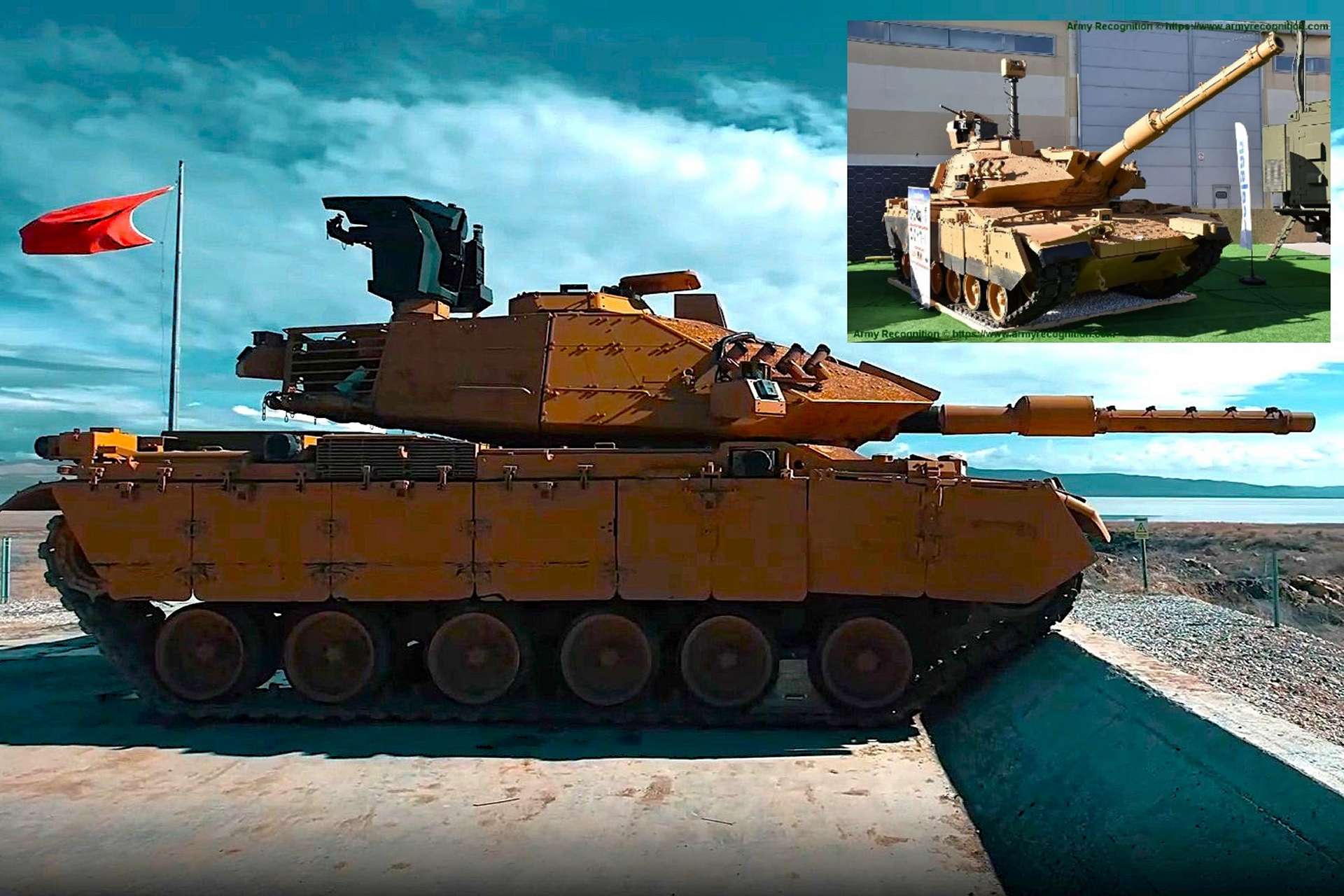Türkiye’s Ministry of National Defence said a fresh batch of modernized M60T main battle tanks has passed acceptance and entered Land Forces service, coinciding with the Altay program’s shift into serial production. The move bridges near-term combat readiness while Altay deliveries scale and signals Ankara’s intent to sustain heavy armor across multiple fronts.
On October 30, 2025, Türkiye’s Ministry of National Defence announced that a new batch of modernized M60T main battle tanks had successfully completed inspection and acceptance and was formally taken into the Land Forces Command inventory, as reported by the Turkish MoD. The announcement fits into the broader effort to keep the Turkish Army’s armored component combat-ready at a time when the Altay is only just entering service and when Ankara wants to rely almost entirely on national industry for high-intensity operations. It is also a signal to Türkiye’s neighbors and partners that the country intends to maintain an armored order of battle capable of operating on several fronts simultaneously, from Syria and Iraq to the Eastern Mediterranean and the Caucasus. The Turkish MoD added that Makine ve Kimya Endüstrisi A.Ş. (MKE) had, in parallel, completed deliveries of several calibers of weapons and ammunition to sustain these capabilities.
The M60T, originally the Israeli Sabra Mk II configuration acquired by Türkiye to upgrade its American-made M60 Patton fleet, has now reached a third and distinctly Turkish stage of life: after the 2016 Syria experience, which exposed the vulnerabilities of legacy tanks to modern anti-tank guided missiles, Ankara launched the FIRAT/M60T and later the TİYK-M60T programs under the coordination of the Defence Industry Agency (SSB) with Aselsan as prime contractor, supported by Roketsan for armor and protection modules, by MKE for gun/ammunition compatibility and power distribution elements, and by several local suppliers for sensors and electronics. These tanks now receive the fully indigenous Volkan-M fire-control system, a commander’s independent thermal sight, the PULAT active protection system, YAMGÖZ close-surveillance cameras, TLUS laser warning, the TEPES telescopic periscope, SARP remote weapon station, spall liners, improved air conditioning and an auxiliary power unit, bringing them to a level of situational awareness, survivability and lethality compatible with current battlefield threats. In practical terms, the platform has moved from being an imported Israeli upgrade of a U.S. tank to being a Turkish-integrated, Turkish-sensored and Turkish-protected armored vehicle that can operate alongside, and eventually hand over the spearhead role to, the domestically produced Altay whose deliveries and mass production are starting.
